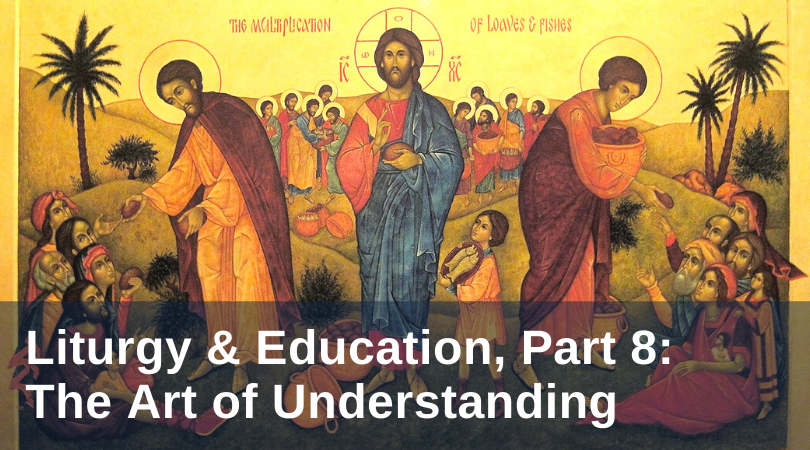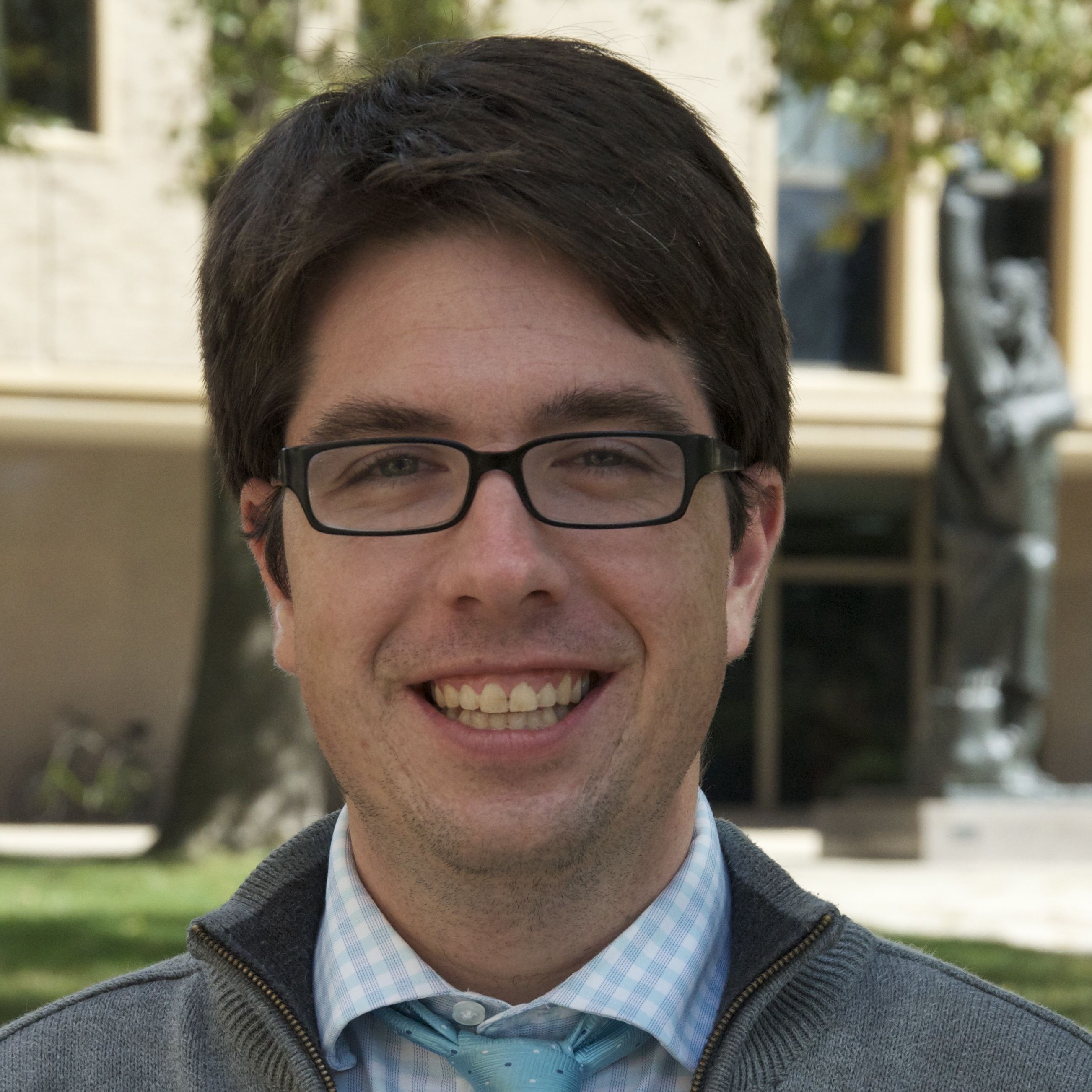
In our previous post for this series, we attended to the art of memory as the cultivation of the imagination. Such memory is liturgical insofar as it enables us to perceive the “more” that is given in creation. An education devoid of memory makes it difficult to perceive the world in its richness.
The act of understanding, integral to education, is closely linked to that of memory.
What is understanding? Understanding in schools is often treated as mastery. One has understood a concept, formula, or text when one is able to answer questions about it, as well as solve problems on an exam related to the concept. Understanding is the cultivation of reason in the student.
This account of understanding is not rich enough for Catholicism. In Latin, the word for understanding is intellectus. Intellectus does involve reasoning but it also has the connotation of meaning, perceiving, discerning, and even peering into.
To cultivate the “intellect” of a student means, therefore, to initiate these students into a world of meaning, to perceive that which is more than visible, and to make a judgment about the veracity of a proposal. Each of these tasks is contemplative, pertaining to a way of seeing the world. Here, you can see the close link to memory as set forth in the previous post.
Understanding, in this sense, takes time. It is not a matter of possessing knowledge, controlling it, mastering it, but waiting attentively for the world to give itself to us as gift. The art of understanding begins in a contemplative mode, to attend to the object that is before our very eyes.
This account of understanding is incarnate in the French philosopher Simone Weil’s “Reflections on the Right Use of School Studies with a View to the Love of God.” She writes, “Attention consists of suspending our thought, leaving it detached, empty, and ready to be penetrated by the object. . .” (Waiting for God, 62). The one seeking understanding does not desire mastery for its own sake. Rather, understanding commences with keeping vigil before what is to give itself to us—the truth that is bestowed in an encounter with a text, a geometric proof, or a Spanish verb.
The image of keeping vigil before the world is a liturgical one. After all, the celebration of the liturgy in the Church develops our capacity to attend to that which is before us. We do not choose the Psalms that we pray at Morning Prayer, we do not change the texts of the Eucharistic Prayer of our own accord. We are given these words to contemplate, these images to pray with. Such texts and images should not be approached in a spirit of mastery, of force in which we require God to enact our will. Instead, in engaging in this act of prayer, we wait for God to act, attentive but to the task before us. To say these words, to pray this prayer, and perhaps to discover in the process the truth that God gives.
The liturgical posture of the vigil should also infuse the task of understanding in the Catholic school. Students often cry out to the teacher, “How will I use this?” In asking this question, the teacher often responds, “It will help you get into college, balance your checkbook, make you well-rounded.” All of these are the wrong answer, for they reduce the task of understanding to mastery. The horizon is too small.
Rather, what we do in school is seek understanding so that we may know the truth, the logos, the very order and meaning of the world. This task is never incomplete insofar as we are not God.
And therefore, there is an almost liturgical or sacramental dimension to studying. When we open that book, conjugate that verb, read about the history of that painting, and set up that experiment, we are preparing for a vigil before the world, to await the gift that comes with understanding.
Like what you read? Submit your email below to have our newest blogs delivered directly to your inbox each week.
Featured image: New Skete, Multiplication of the Loaves and Fishes by Sr. Patricia Reid, RSCJ; courtesy of Jim Forest via flickr; CC-BY-NC-ND-2.0.


